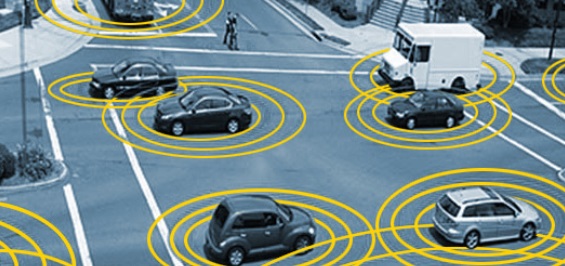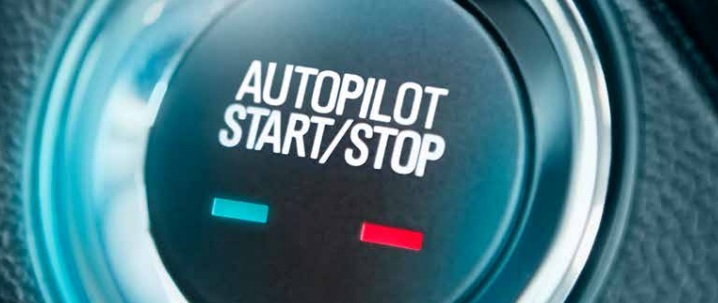ITS Vendor Forum
I attended the recent ITS California annual conference in San Francisco. One presentation covered the gamut of issues that will need to be addressed as the world completely changes and left me thinking about when we might realistically see autonomous vehicles, what that might look like and where we might see them. So I decided to share my current predictions about connected and autonomous vehicles ...
The public sector needs to align plans, policies, and programs with the rapid changes in transportation technology. Like many things, that sometimes means not focusing on the brightest shiniest object of the moment; rather, honing in on core skills and services and aligning the agency's mission, vision, and values. For many in the public sector, that means changing the way they plan, build, operate, and maintain public roadways, sidewalks, bikeways, and transit systems in a world where connected and autonomous vehicles share space with other users ...
It is important to acknowledge an emerging trend that is accelerating this country's implementation of a multimodal transportation network. The expansion of "transportation as a service" beyond urban areas to include suburbs and then, theoretically, to reach virtually every part of the country is becoming more common ...
With the September release of the U.S. DOT Policy on Highly Automated Vehicles (HAVs), state DOTs are expected to comply with U.S. DOT requests to support uniform regulation of automated vehicles across state boundaries. State DOTs should examine their own infrastructure and determine if it will be prepared to support HAVs in the short term. Here are a few initial considerations for establishing an environment for the safe operation of HAVs ...
The following are 3 steps agencies are taking and can take now to plan for and understand the impact of ITS on the industry ...
Driverless cars are quickly becoming the buzz in "connected" transportation today. But before our roadways are ready for this kind of alternative transportation initiative, we need to take a hard look at the technology being used behind the scenes to make decisions about important changes to our roadways that will accommodate these inventions ...
As airports plan future improvements to enhance the air-travel experience, they may want to look at what is outside their front doors. A new HNTB America THINKS national public opinion survey found more than nine in 10 Americans (93 percent) believe airport terminals could be better connected to their region's ground transportation and transit networks ...
As traffic technology moves forward, however, what should Americans expect? Is emerging technology truly safe, and how will it affect our lives? Part 2 of this blog covers impacts on jobs and safety ...
With the vast majority (90%+) of accidents caused by human error, it is obvious why there is a keen interest by road operators and policy makers to address the issue. The mandate is plain and simple – we need bold and aggressive strategies to make our roads and highways safer. As traffic technology moves forward, however, what should Americans expect? Is emerging technology truly safe, and how will it affect our lives? ...
To prepare for the driverless future, Driverless Future: A Policy Roadmap for City Leaders, identifies six priorities for city leaders to protect against risks, maximize potential benefits and ensure the next transportation revolution will improve quality of life in our cities ...









